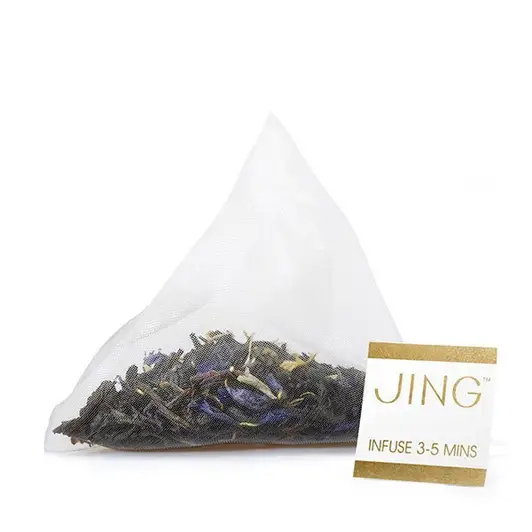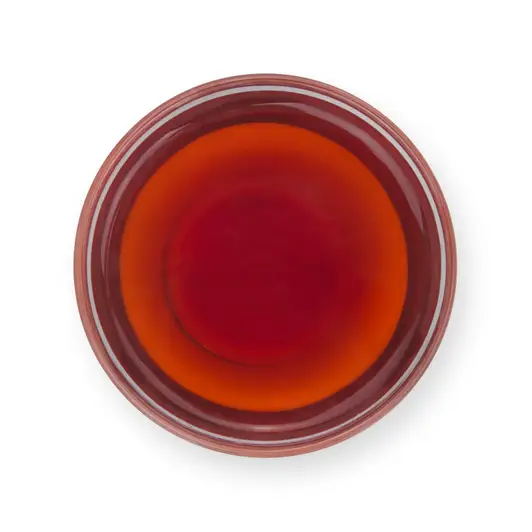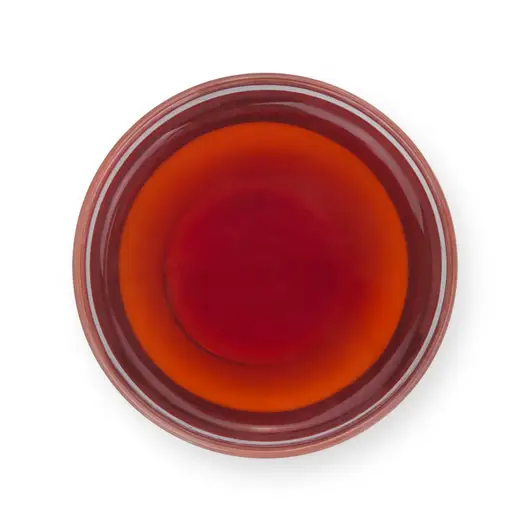
- £17.30
- £18.40100g
- £17.30100g
- Black Tea Organic Darjeeling 1st Flush Supreme Honey, Grape Skin, Blackcurrant Leaf From Tumsong Estate, Darjeeling, IndiaOut of stock
- £13.00100g
- £21.50
- £23.10
- Black Tea Assam Breakfast Tea Gift Set£48.80
- Black Tea Organic Darjeeling Second Flush Grape, Alpine Flowers, Malt From Okayti & Pussimbing Gardens, Darjeeling, India£17.30100g
- £19.9050g
- £14.70100g
- £13.00100g
- £14.70100g
- £17.30
- £15.80
- £17.9050g
- Black Tea Black Tea Selection£15.20
- £17.30
- £15.2050g
- £13.7050g
Choosing The Right Black Tea
Working directly with expert producers from the world’s greatest tea origins we’ve sourced a wide selection of black teas that cover a range of flavours and tastes to suit every mood. If an everyday cuppa with milk is what you’re after, then elevate your breakfast tea with our single origin Assam Breakfast for a rich and super smooth start to the day. Or If you’re looking for a unique experience, then check out our batches of fruity and complex black teas like Red Dragon harvested from the wild mountains of Yunnan, China. Or Want to learn even more about our black teas and other tea types? Then visit our journal to explore stories from origin, tea recipes and deep dives.
The Origins of Black Tea
Hundreds of years ago, deep in the mountains of Fujian province, south east China, these dark leaves, full of rich and malty favour first began began to appear, along with more complex oolong teas. As early European traders discovered this Chinese innovation, our love of black tea began and it still remains the world’s favourite tea type. The craft of black tea also spread to origins like India, Taiwan and Sri Lanka creating an evolution of flavour, with more incredible tastes and places to explore.














































